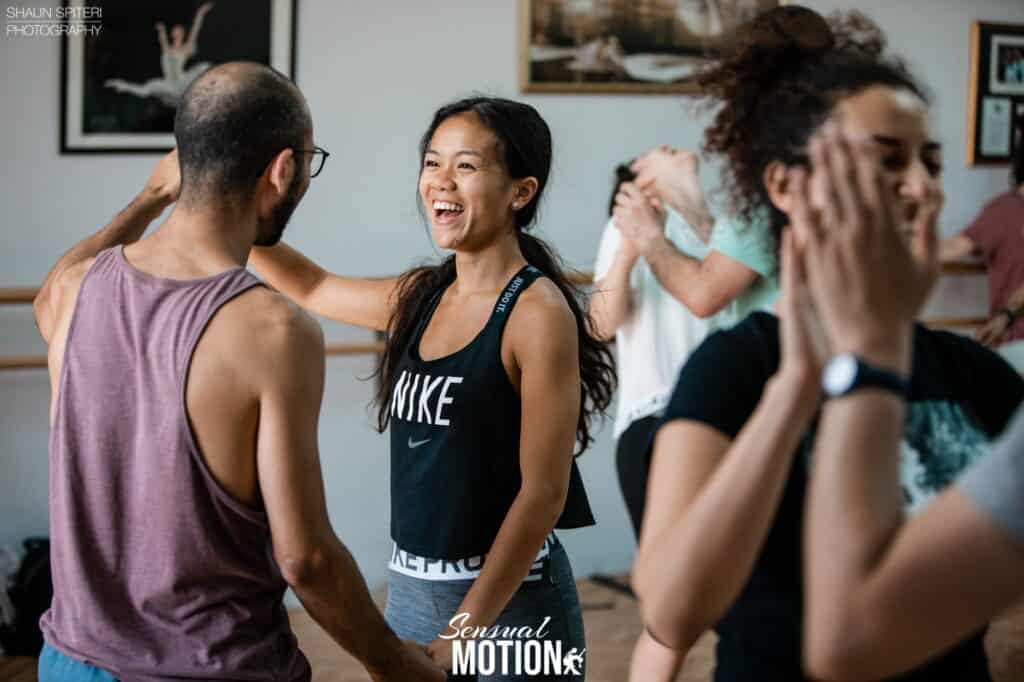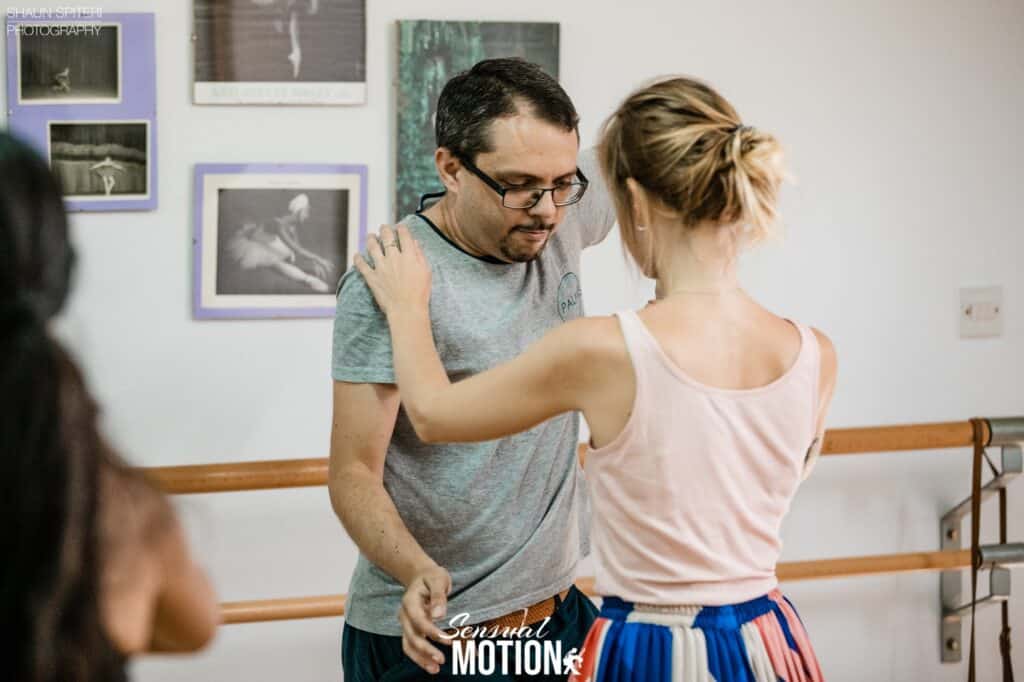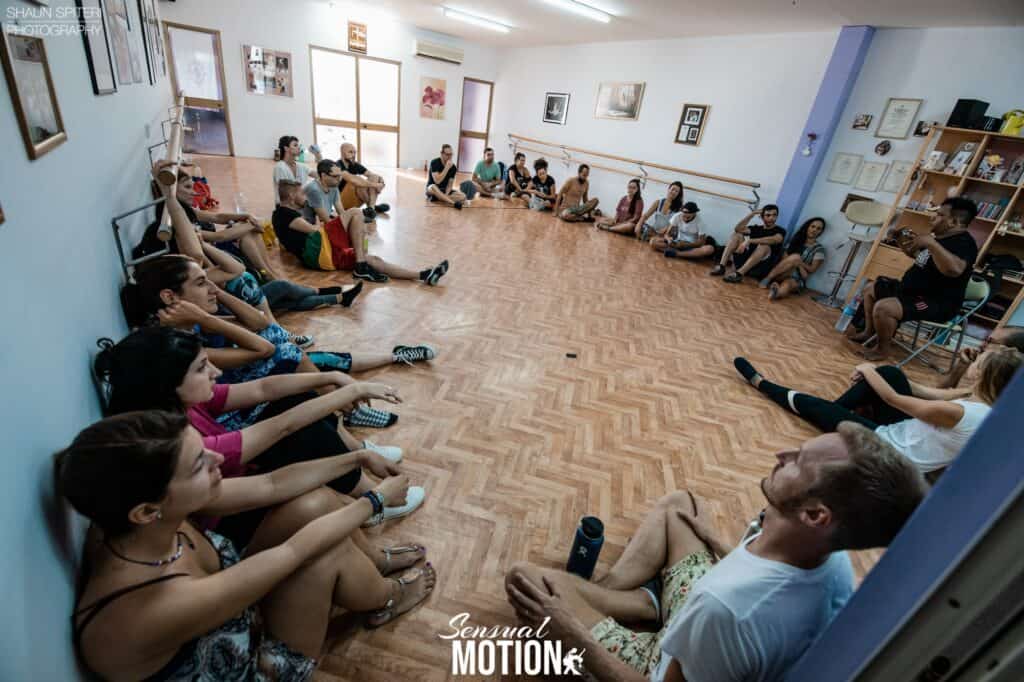
Yes, you can dance! No need for talent.
Do you have two left feet? Perfect, let me tell you something – you can dance! I am a dance teacher of Brazilian Zouk, Bachata, and Kizomba in Malta, with an academic background in training, physiology and psychology. And I think there are a few things to say about learning dancing, especially learning as an adult.
Talent
Let’s start with the clear statement that in about 99% of cases we are using the word ‘talent’ wrongly.
Some people say that talent doesn’t exist at all, only hard work, and I think they are very close to the truth. We love to say ‘he’s talented’, ‘she has a gift’ to make ourselves excused and believe as some people are ‘chosen’ and I’m not.

When we are joining dance classes as an adult, we start from different levels. Some of us were playing instruments, doing sports, which is always helpful. Others maybe have spent most of their life reading books or in front of the computer. What I want to say is: that’s totally fine!

Don’t compare yourself
Researches are showing that people (both, adults and kids in the school) compare themselves to each other and then decide whether or not they are ‘dancing people’. The truth is, no one is born with those skills, and as I said before, many different aspects help or disturb the learning process. The way of thinking as we are not ‘made for something’ gives us a fixed mindset and makes it very difficult to progress. Mindset is everything.

Not every teacher is the same
Dance teachers have an amazing opportunity to actually have an impact on one’s way of thinking or feeling. We have the power to make people believe in themselves or put them down (very often without being aware of it).

Learning dancing or any other skill may make us feel completely hopeless. This happens mostly when we have too much information at the same time. Our brain is moving too quickly from the concrete to the abstract which overwhelms memory. At this point, nothing feels easy, and it starts to create certain hierarchies and divide the group, between those who somehow managed and those who got lost on the way.

Discovery-based approach
Someone who has good observation skills and well-trained memory may repeat the movement straight after the teacher’s demonstration, which doesn’t mean yet understanding of this movement. It’s like learning physics. It makes a huge difference when you just know by hard the formula to solve the test. And when you simply understand mechanisms happening, so you can actually use it in daily life problem-solving.

The discovery-based approach means that the dance class slightly changes its main focus from blindly seeing-copying-repeating moves scheme, towards learning general rules and trying them out in different situations. Experimenting and fun exercises give the possibility to gain a deep understanding of the movements and biomechanics in a smart and fun way.

Learn in small components
Work on the Brain research shows that the success of learning is achieved when broken down into small components which are explained carefully and then practiced continually. This prevents the problem when students have too much happening in their brains at the same time, and constantly fail.

When we apply small but incremental steps, it makes dancing accessible to all and gives them the experience of success for the first time. These small wins and positive experience motivates us to not give up and continue learning.

There is another reason why this concept of small components and experimental/discovery learning is important. While climbing fast on the ladder of dance figures it’s super easy to miss some important steps. It may be a very little piece of knowledge that gives extra value to our dance. It can be achieved quite easily while using ‘micro discovery’ or ‘guided discovery’ methods. Divide the skill into small components and, yes, you can dance!
“Difficult” students make better teachers

I truly believe that ‘difficult’ students make us better teachers. It helps to discover new methods, combine them together, mix and match. In fact, it’s one of the most beautiful things to see someone once helpless and lost, finding joy and understanding the topic. There is not much effort to teach someone how to dance, who joined classes already with a big baggage of skills. But it is a real art to spread the passion and love for dancing between those who just discovered it.
You can dance
And the most important: the process of learning should be pleasant and motivating!
Positive Teacher – Positive Students
Click here to find out more about my DanceCraft topics.
